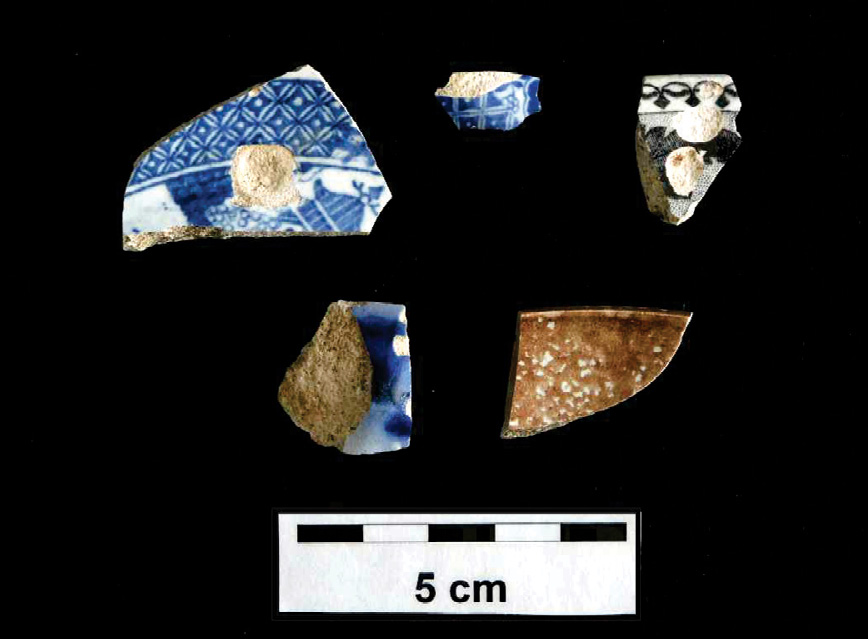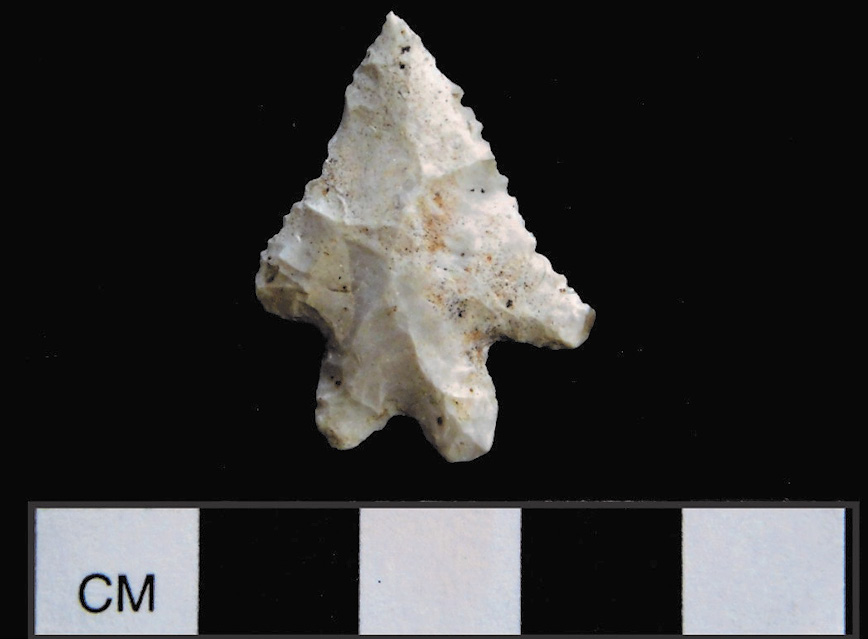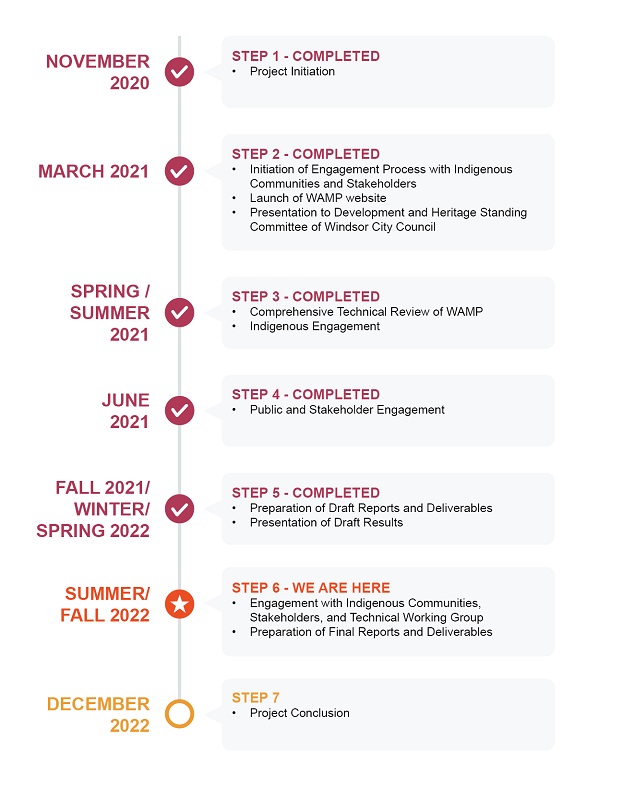Consultation and Timeline
Public Consultation
Interested residents of Windsor and area will have many opportunities to engage with the Windsor archaeological management plan (WAMP) project team and provide their input. This will include soliciting information about archaeological site locations or artifact collections, as well as recommendations and advice regarding the process of archaeological heritage management and conservation in the context of municipal planning.
Public engagement sessions - June 16, 2021
Windsor Archaeological Management Plan (WAMP) Update – Public Engagement
On Wednesday, June 16, the City of Windsor hosted two virtual public engagement sessions to inform and educate on the Windsor Archaeological Management Plan (WAMP) update. Attendees had the opportunity to learn about how Windsor is identifying, protecting, and conserving its archaeological resources. The event consisted of a presentation and Q&A period. Two sessions were offered in the evening.
Video recordings of the two sessions are available through the links below:
-
WAMP Update - Public Engagement Session 1 (YouTube) - 6:00 to 7:00 p.m. with Q&A theme geared towards cultural heritage interests
-
WAMP Update - Public Engagement Session 2 (YouTube) - 7:30 to 8:30 p.m. with Q&A theme geared towards land development interests
We value your feedback and input!
Our online survey commenting period was closed on Wednesday, June 30, 2021. Thank you to all those who took the time to complete the survey!
To continue providing preliminary comments and insight on the WAMP Update project, please reach out to our project leads. Contact information for the project leads can be found on the Contact and Consultants web page.
Indigenous Consultation
 The City of Windsor lies within territory subject to Treaties established between First Nations and the Crown prior to and during the main period of land cessions in Southern Ontario that began in the late eighteenth century. The earliest is the Fort Albany (Nanfan) Treaty of 1701 between the Haudenosaunee (Five Nations Iroquois) and the British Crown. Later, local treaties were the McKee purchase of 1790 (known as Treaty #2) and the subsequent acquisition of the Huron Tract and Huron Church Reserve in the 1830s (known as Treaty #35). The four First Nations involved in these agreements were the Ojibway (Chippewas), Odawa and Potawatomi Nations, comprising the Confederacy of the Three Fires, together with the Wyandot (Huron) Nation. In addition to these treaty lands, Windsor lies within the traditional territories of the descendant communities of these First Nations.
The City of Windsor lies within territory subject to Treaties established between First Nations and the Crown prior to and during the main period of land cessions in Southern Ontario that began in the late eighteenth century. The earliest is the Fort Albany (Nanfan) Treaty of 1701 between the Haudenosaunee (Five Nations Iroquois) and the British Crown. Later, local treaties were the McKee purchase of 1790 (known as Treaty #2) and the subsequent acquisition of the Huron Tract and Huron Church Reserve in the 1830s (known as Treaty #35). The four First Nations involved in these agreements were the Ojibway (Chippewas), Odawa and Potawatomi Nations, comprising the Confederacy of the Three Fires, together with the Wyandot (Huron) Nation. In addition to these treaty lands, Windsor lies within the traditional territories of the descendant communities of these First Nations.
Throughout the WAMP review process, following current best practices aimed at building inter-community relations, the City of Windsor will be consulting with Treaty and Aboriginal rights-holding First Nations in the spirit of reconciliation and in accordance with the Provincial Policy Statement (2020). The City is committed to discussing the review and update of the archaeological potential mapping and policies that will conserve and protect Windsor’s rich cultural heritage and archaeological features and sites with interested Indigenous communities.
Study Process and Timelines

-
November 2020: Step 1 – Completed
-
Project Initiation
-
March 2021: Step 2 – Completed
-
Initiation of Engagement Process with Indigenous Communities and Stakeholders
-
Launch of Windsor Archaeological Management Plan (WAMP) Website
-
Presentation to Development and Heritage Standing Committee of Windsor City Council
-
Spring/Summer 2021: Step 3 – Completed
-
Comprehensive Technical Review of WAMP
-
Indigenous Engagement
-
June 2021: Step 4 – Completed
-
Public and Stakeholder Engagement
-
Fall 2021/Winter/Spring 2022: Step 5 – Completed
-
Preparation of Draft Reports and Deliverables
-
Presentation of Draft Results
-
Summer/Fall 2022: Step 6 – We are Here
-
Engagement with Indigenous Communities, Stakeholders, and Technical Working Group
-
Preparation of Final Reports and Deliverables
-
December 2022: Step 7
-
Project Conclusion
